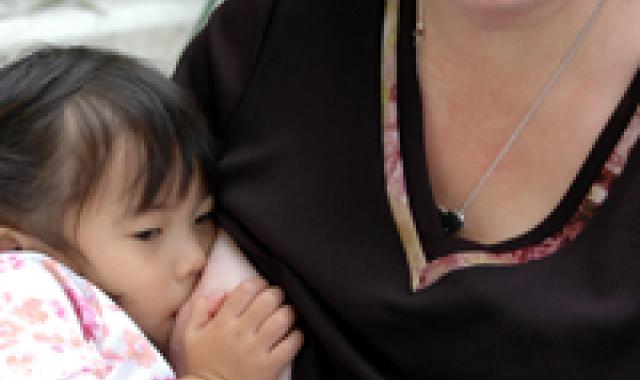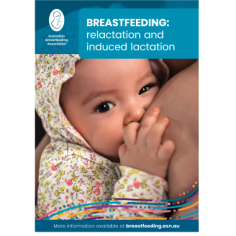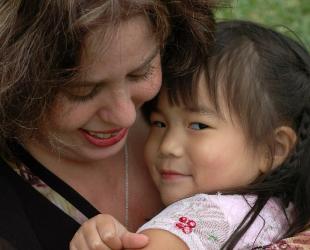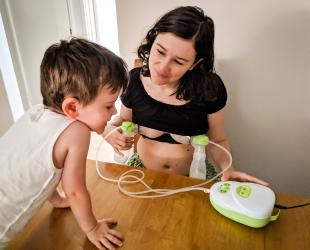Whether you've breastfed before or not, you can build a milk supply for your child.

Many people think breastfeeding is only possible after giving birth, but it’s possible to make milk even if you’ve never been pregnant.
If you’re planning to adopt, you can enjoy a breastfeeding relationship with your child. This can be a positive experience for both of you.
How does building a milk supply work?
During pregnancy, hormones including oestrogen, progesterone and prolactin, prepare a mum's breasts to make milk. However, prolactin by itself can also cause breasts to grow milk-making structures and start making milk. This means you don’t need to have been pregnant for lactation to happen.
Prolactin is released when your nipples are stimulated by a suckling child or a breast pump. Once your breasts start making milk, it is the milk being taken out that causes more milk to be made.
If you’ve been pregnant before and want to restart your milk supply, this is called relactation. If you’ve never been pregnant, it’s called induced lactation.
Helping your adopted child breastfeed
Adoption is a major life change for both you and your child. At first, you may feel like a stranger to your child, and they will need time to get to know you and feel safe. Breastfeeding is very close and personal, so your child might need time to develop trust and attachment with you before they are comfortable with breastfeeding. This is especially true for older babies or toddlers.
- Be gentle and patient.
- Offer breastfeeding, but don’t force it.
- It may take months or longer, for your child to be ready.
- As trust grows, many children become interested in breastfeeding.
Breastfeeding at any age
Children of all ages, from babies to school-aged kids, may want to breastfeed with their new parent. Sometimes, older children need the comfort and nurturing that breastfeeding provides, no matter their age. In many cultures, breastfeeding for several years is normal.
Why breastfeed an adopted child?
Breastmilk is important for every child’s health. But for adopted children, the act of breastfeeding can be even more important.
- Breastfeeding gives you and your child moments of pleasure and closeness, with skin-to-skin contact and calming hormones.
- When you breastfeed, your body releases prolactin and oxytocin – which help you feel more relaxed and less stressed.
- Comforting your child through breastfeeding helps you build trust and a strong bond together.
Getting support
If you’re thinking about breastfeeding your adopted child, getting information and support is key. Learn as much as you can about how breastfeeding works. Reach out to support groups and health professionals who understand adoptive breastfeeding.
Further Reading:
© Australian Breastfeeding Association January 2026
Looking to relactate or induce lactation? Find out more
Evidence-led info and practical tips from our Special Situation Information Series
Breastfeeding: relactation and induced lactation





